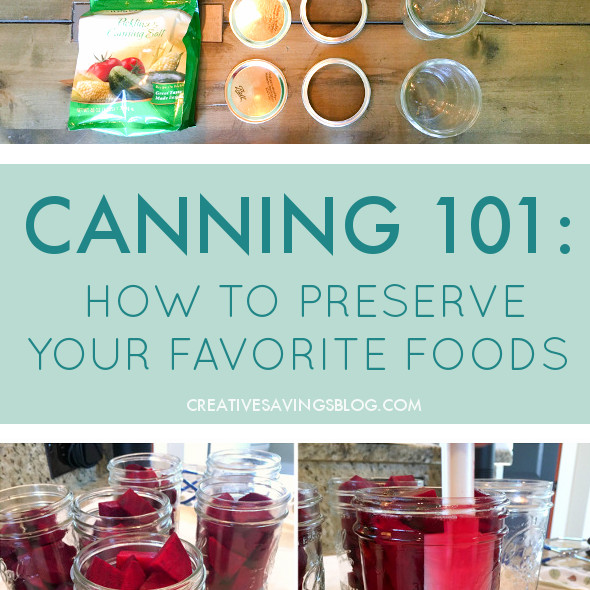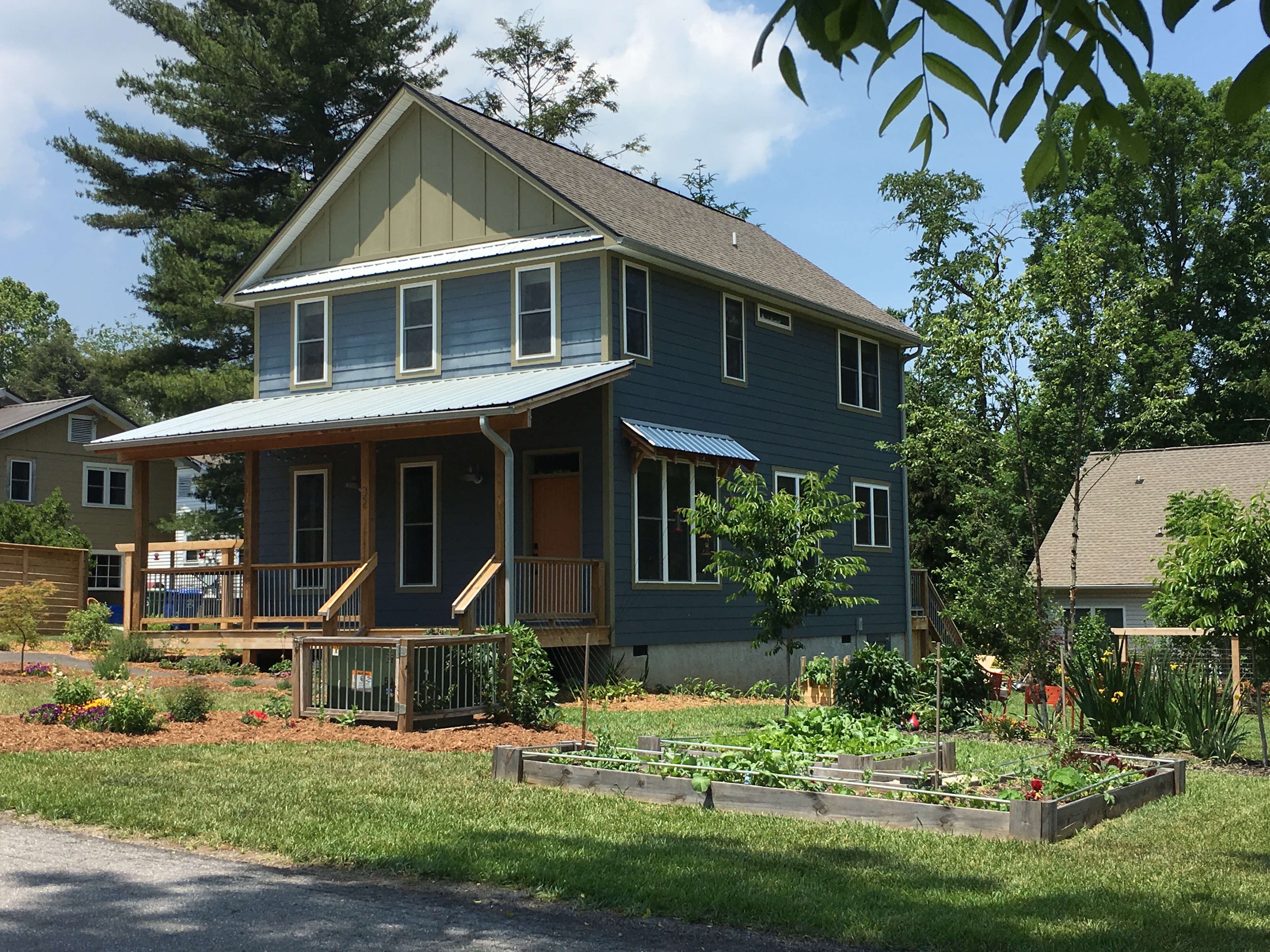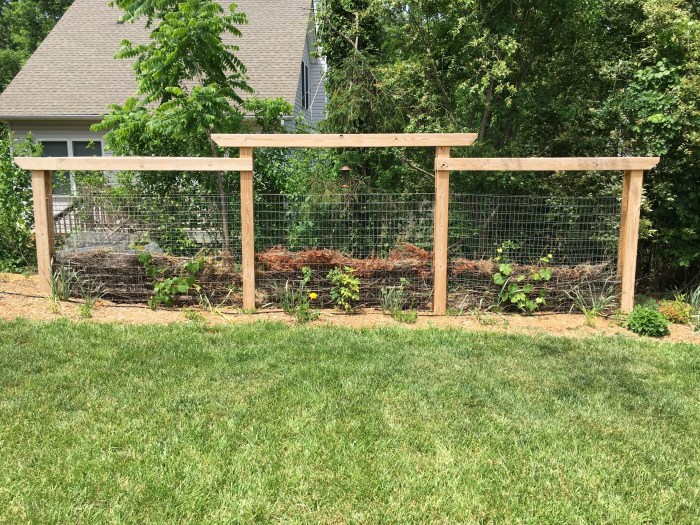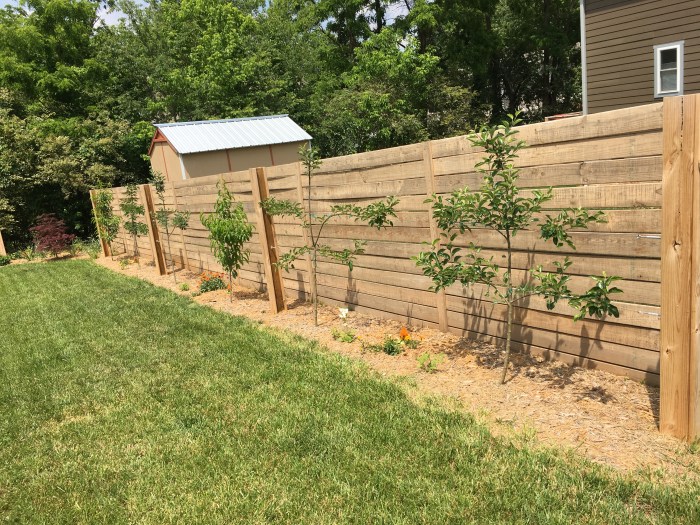
This week is pollinator week in in the United States. National Pollinator week was created to bring awareness to all pollinators which include bees, butterflies, birds, and and bats. In case you weren’t aware Asheville is a certified Bee City, USA. There is a week long celebration to bring awareness to pollinators. As gardeners, I tend to think we take mental notes of all the environmental gloom and doom we hear. Global warming, bee colony collapse, droughts, pesticide, and the myriad of other environmental disasters that we both contribute to as humans and feel absolutely overwhelmed to stop. Well guess what, today I have good news! Honeybee and butterfly populations are on the rebound. The general scientific community believes this is in large part to increased interest in bee keeping AND gardeners like you and me.
While it may be too early to tell it certainly looks like everyone had an impact by increasing habitat that was beneficial for pollinators. For example, monarch butterflies at their smallest population level were covering 1 hectare in their Mexican over wintering grounds. This past year they covered 4 hectares; nearly 3 times more than previous years! Some of the butterfly rebound can be attributed to favorable climate this past winter, but also to programs of planting herb and pesticide protected stands of milkweed. The plant necessary for monarch butterfly life cycle. Additionally, the Mexican government worked WITH the US government on this project. The US planted milkweed and Mexico work to crackdown on illegal logging in protect monarch forest land. How is that for some warm fuzzies and feeling like you make an impact?!
Throughout the US, Canada, and Europe the number bee hives have increased between 10-15%. This is due in large part to education about bee colony collapse and a renewed interest in backyard bee keeping. Additionally, increased interest in pollinator gardens have given more urban habitat for these small pollinators. Wonderful news all around!
Unfortunately it is not all Rainbows and Unicorns
Except, there are still issues for both honey bees, butterflies and other pollinators, despite the recent rebound numbers. First, lets tackle the bee situation. The colony increase are mostly due to an influx of beekeepers. These beekeepers are still reporting losses of 40-60% of their hives every year. Imagine if you lost 60% of your garden! or 60% of your craft projects failed! Every year. After Year. Shoo… I doubt most of us would keep at it. So there is a lot of concern that the be rebound is temporary because it is a hot button issue and the general colony collapse problem hasn’t gone away (and this is not the post to discuss those potential causes). It is still devastating any wild honey bee populations! The increase in butterflies is fragile and new. We are looking at basically 10 acres holding almost every monarch butterfly in the world. Logging those acres or remove their milkweed and we will be right back where we were. But do not get discouraged. Human efforts are making an impact in both places.
What As Gardeners Can We Do For Bees?
Gardeners can make a huge impact by offering plants for pollinators. Even if flowers aren’t your thing adding in a few lavenders or butterfly weed (milkweed) plants offers a respite for traveling bees and butterflies. Extra benefit, both of these plants are perennials so you plant them off to one side and forget about them. They will continue to benefit both your garden with plentiful pollinators for your fruits and veggies and benefit the insects with increased habitat. Additionally they attract other types of native bees like bumble bees and mason bees.
If you want to get more involved you can work on cultivating a true pollinator garden. Here is just a short list of some plants that pollinators love and are easy to find at the local garden center. Plus not all of them are flowers. Many herbs also attract pollinators as good places for caterpillars and food when they flower. Here are some of my favorites with affiliate links if you want to purchase.
- Milkweed (Also known as Butterfly Weed and there are tons of types)
- Lavendar
- Butterfly Bush
- Bee Balm (Mondara)
- Coneflowers (there are tons of types and colors to fit any garden my favorite is called Hot Papaya)
- Yarrow
- Dill
- Marigolds
- Shasta Daisy
- Fennel
And if you want to be a gold member of the ‘increase pollinator club’ you can leave a certain amount of ‘wild space’ and attempt to attract native bees as well. Wild space gardening has popped up all over Asheville. I’ll let you read up on their facebook page here. But the general idea is to have a healthy 4 foot by 4 foot space of wild friendly plants.
We have opted to do a combo. I am adding a number of pollinator friendly plants PLUS we just hung our first mason bee house to attract mason bees next spring. (Quick PSA: if you are interested in the complimentary butterfly house don’t bother. I researched it and they do not attract butterflies. I was sad, but happy I didn’t waste the money). I’m not opting for a honeybee hive as I really do not have the necessary property to adequately support a nice healthy hive. I went to a few classes and you need a certain number of clear feet just for them to enter and exit the hive. SIGH! Maybe the next house!
Now mason bees I can do. I’ll save all the details about them for a different post, but suffice to say they are tiny, native pollinators. The pictured house does attract them, they are safe non-aggressive bees (the males can’t even sting), and they are native to the entirety of North America. So we are going to try to attract these little green, blue, and tiny honeybee colored bees to our house while also adding more herbs, flowers, and plants to offer shelter to all pollinators. That way we can contribute to the awesome bee and butterfly rebound.

















